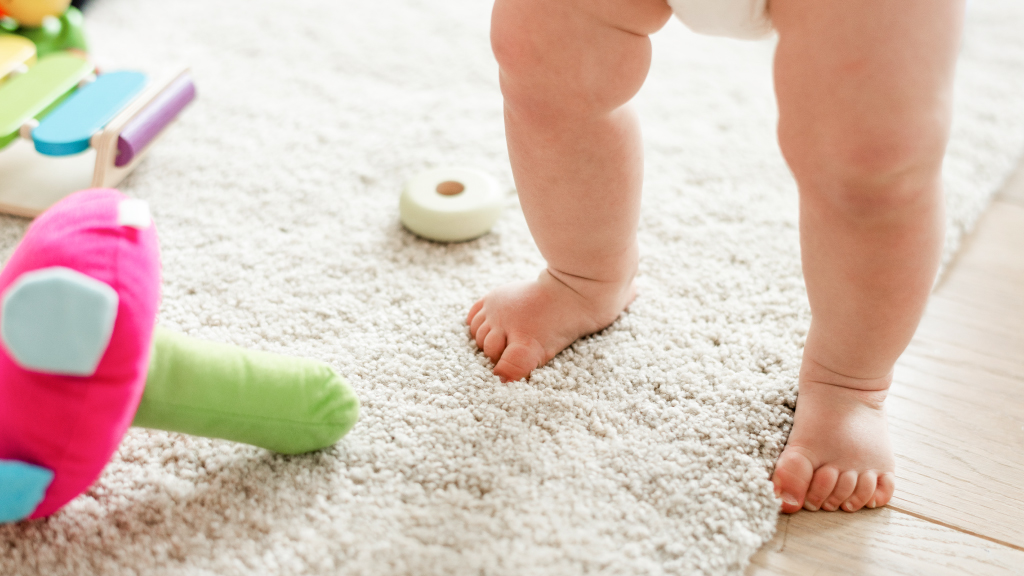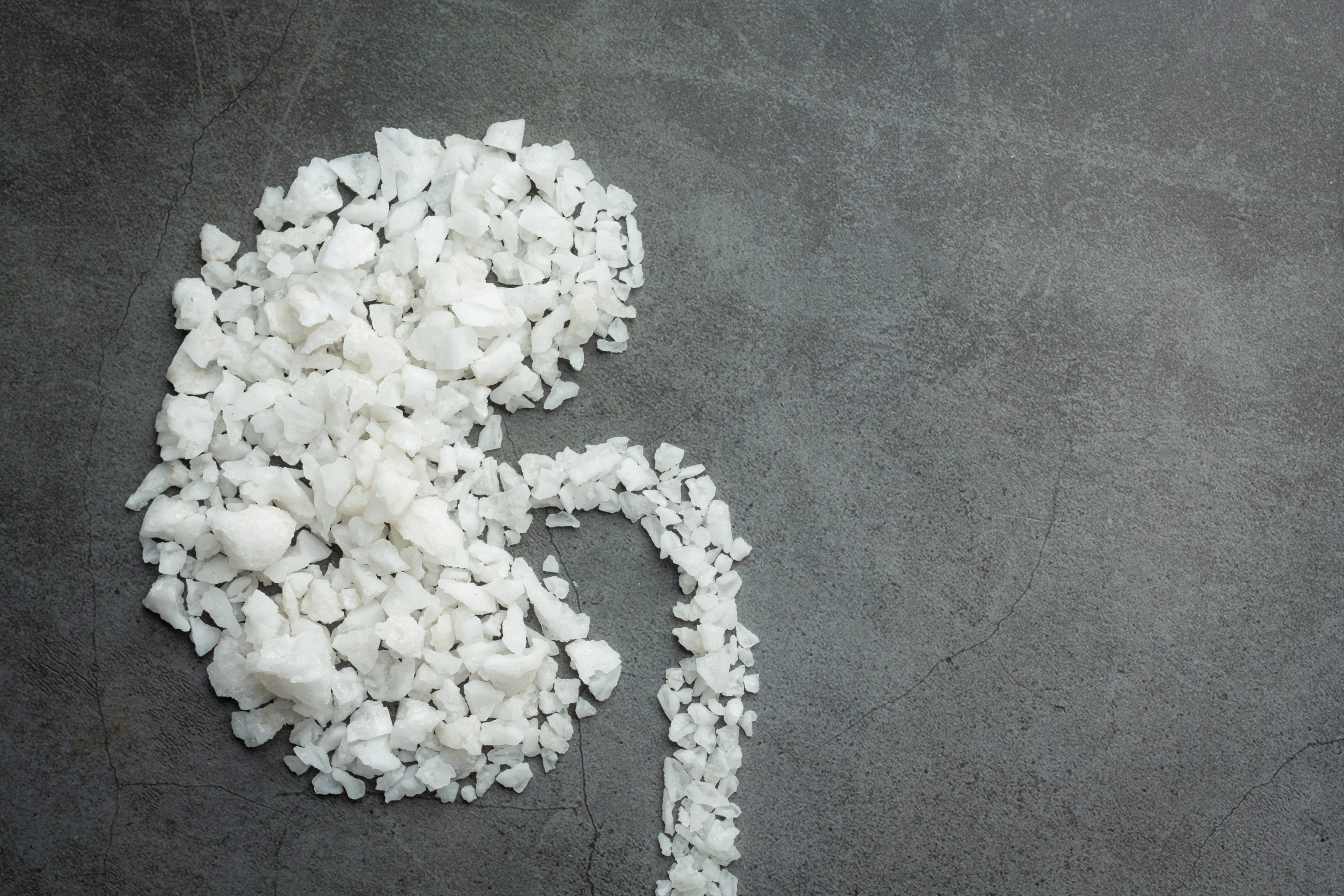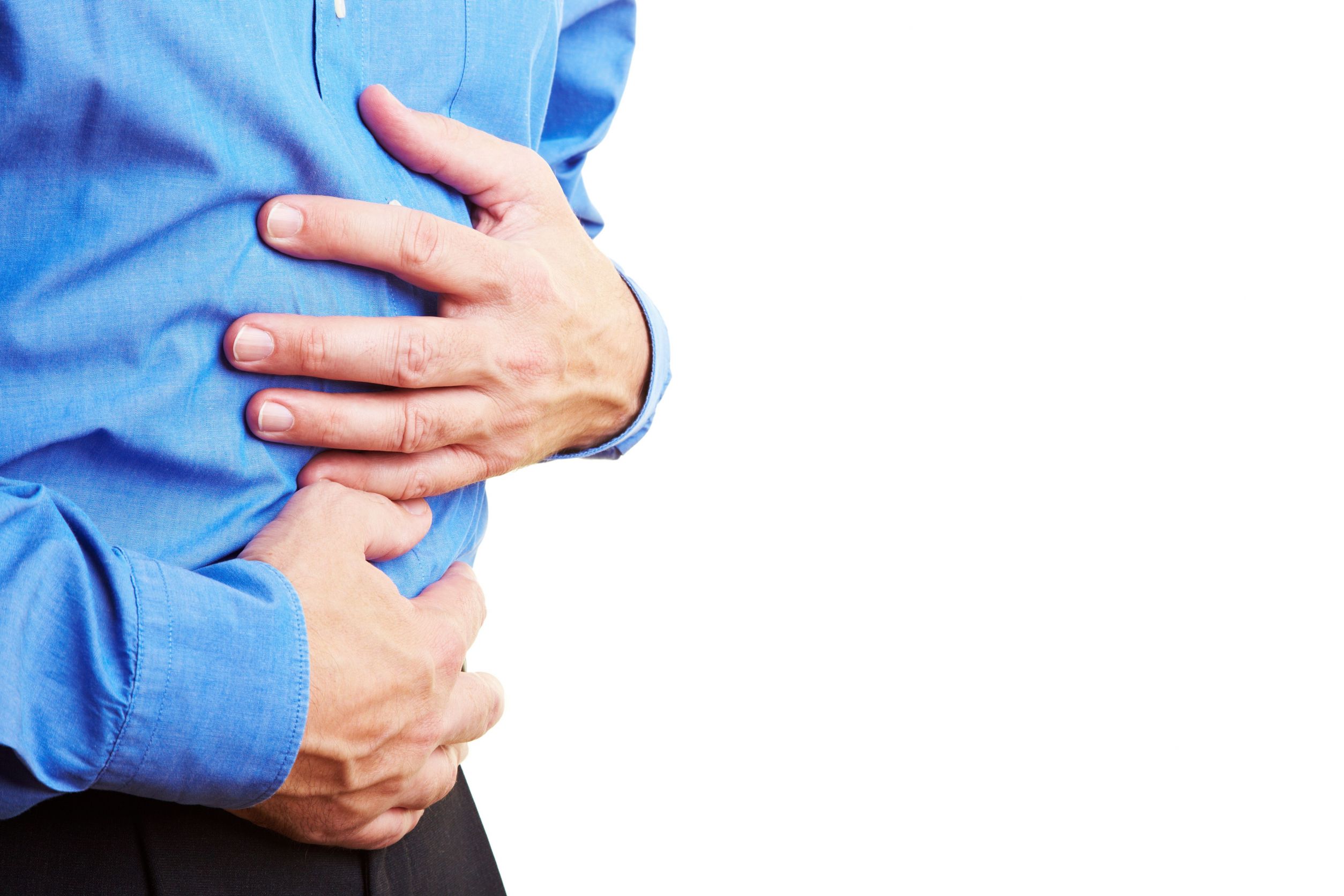Apr 16, 2025

For families with newborns, you may notice that your infant’s legs appear bowed. Many parents assume this is a temporary, normal phase that will resolve as the child grows. However, bowed legs (Genu Varum) are more dangerous than they seem. If left untreated, they can harm physical health and affect the child’s posture. Let’s explore how to identify and address this condition.
Overweight: Excess weight in chubby infants can compress the inner knee joints, leading to bowed legs.
Heredity: Rare but possible, genetic factors may cause abnormal bone development.
Bowed legs occur when the knees remain widely separated even when the ankles are together. Common in infants and toddlers, it arises from factors like weight and genetics, but other causes include:
Natural fetal positioning: Curled legs in the womb may cause temporary bowing, which usually resolves over time.
Early walking: Unsteady gait in young children strains developing bones.
Fractures or deformities: Injuries can alter bone structure.
Rickets: Caused by vitamin/mineral deficiencies, leading to weak, misshapen bones.
Symptoms: Muscle fatigue, difficulty sitting/walking.
Blount’s Disease: Obesity-induced tibia deformity, often causing unilateral bowing.
Childhood Obesity: Excess weight strains bones, increasing risks of diabetes, hypertension, and fatty liver.
Paget’s Disease: Chronic bone remodeling disorder, common in adults 35–40+, causing fragile bones and knee deformities.
Leg Muscle Exercises:
Stand with heels together, toes apart at 45 degrees. Hold for 5 minutes, 3 times daily.
Gait Adjustment: Encourage walking with toes forward and avoid standing in bowed positions.
Surgery (Osteotomy): For severe cases, realign bones and support recovery with crutches and physical therapy.
Nutrition: Balanced diet with all 5 food groups.
Exercise: Strengthen bones and muscles.
Calcium & Vitamin D: Essential for bone health.

